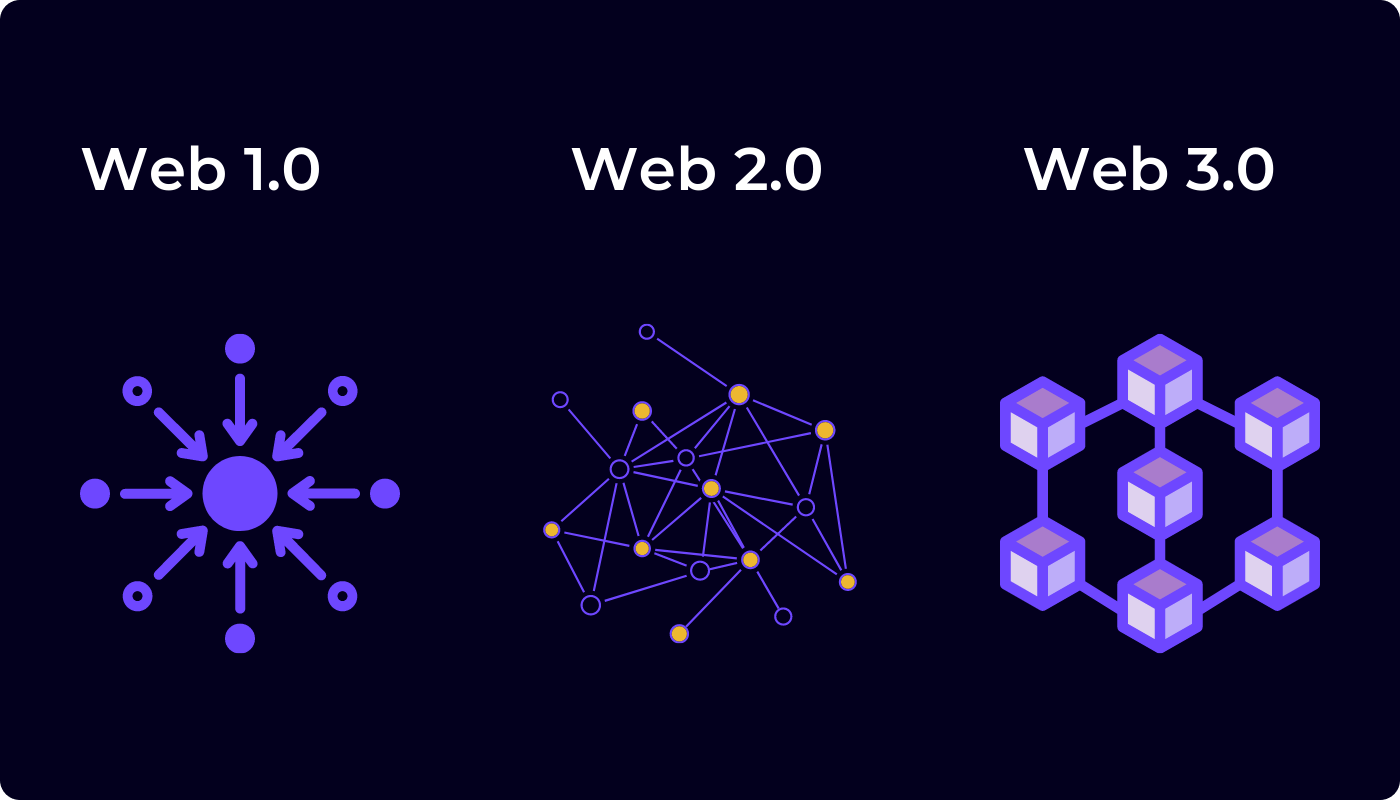WEB 3.0: THE GOLDEN AGE VISION

Web3 was first used by Ethereum co-founder Gavin Wood in 2014, and cryptocurrency enthusiasts, huge technological corporations, and venture capital firms expressed interest in the concept in 2021. Web 3 is the moniker given by some engineers to the concept of a new type of internet service based on decentralized blockchains.
It might be defined as the internet that belongs to both the BUILDERS and the USERS.
Web 3 is now fashionable. In the year 2021, venture capital firms invested more than $27 billion in crypto-related initiatives, with a large portion of the money going to web3 ventures. Some major tech businesses, such as Twitter and Reddit, have begun to experiment with web 3 initiatives of their own.
So, Web3 is steadily taking over the world, and you should be aware of this.
What about Web1 and Web2 before we go into Web3? Were they ever real? YES!
In the early 1990s, the first commercial Web1 apps appeared. At the time, "the Internet" was little more than a collection of static web pages. Users could only consume information because it was a passively "read-only" Internet. Facebook and Netflix were not available back then. The technology backbone was provided by HTML.
The dot-com bubble burst in 2000, and many Internet companies went out of business. Despite this setback, the IT world's brightest minds concentrated on the advancement of breakthroughs such as JavaScript, HTML5, and CSS3. Web2 was born during this time.
While Web1 was primarily used for the transfer of data, Web2 is mostly used for the transmission of information (it was the internet of blogs, message boards and early portals like AOL and CompuServe). INTERACTION is the focus of Web2. Users give their data to service providers such as social networking, e-commerce, and other online services.
These apps' functionality is made possible by payment providers. To put it another way, Web2 users aren't simply consumers; they're also the product. Facebook is one example: unlike Web1 websites, two Facebook users can visit the same site yet see completely different material. This is because Facebook collects separate information from the two users and displays distinct feeds with different advertising content or posts tailored to their interests.
WEB 2 TO WEB 3 EVOLUTION
Web2 has fundamentally altered how we communicate and connect with one another. We use WhatsApp to make phone and video chats, shop on Amazon, stay in other people's homes through Airbnb, and pay with online banking and fintech services. Web2 has unquestionably improved our wealth and comfort, but it has also introduced new challenges:THE DIFFICULTIES
Web2 is based on a server-client architecture, which means that all web2 applications, including the whole banking and financial system, are controlled by centralized businesses.
Full Article here: https://link.medium.com/b1iRDvdPQsb
